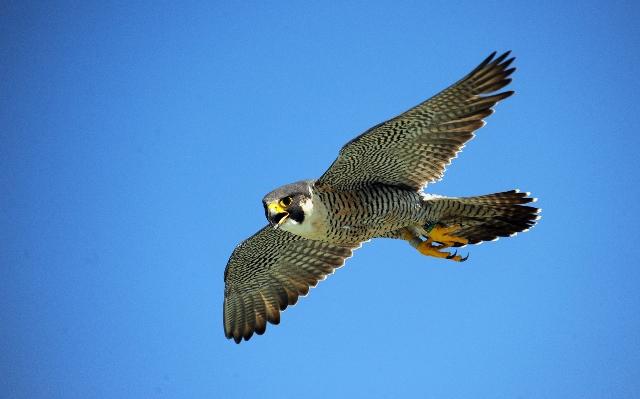RESERVATION POLICY
I. Reservations and Payment
II. Attendance
III. Transportation and Parking
IV. Chaperones
V. School/Institution Nurse
VI. Cancellation and Late Arrival
VII. Lunches
VIII. Rain Date and Inclement Weather
I. Reservations and Payment
Please complete and return the reservation form. When making a reservation, please provide an estimated count of students. We recommend a maximum of 80 students and require a minimum of 10 students. If you have more than 80 students, please schedule over multiple days.
Reservations are not guaranteed until confirmed. You will receive a confirmation email within 7 days of us receiving your reservation. If these numbers change, please notify us by calling (856) 829-1900 ext. 1264.
Payment is due the day of the visit. Cash or check are the only forms of payment that are accepted at this time. If paying by check, please make the check payable to Palmyra Cove Environmental Education Foundation (or “PCEEF”).
II. Attendance
Your numbers become final 1 week (7 days) prior to your scheduled field trip. You may only increase your numbers at this time provided space and staffing is available. Your school/institution will be responsible for the full amount of your field trip as of 1 week (7 days) prior to your scheduled date(s). If you arrive on the day of your field trip with fewer than the reserved numbers, you will still be billed for the committed quantity.
III. Transportation and Parking
Each group visiting Palmyra Cove is responsible for making travel arrangements. Please be sure to schedule a bus for your group immediately after making your reservation with us.
There is limited parking. We advise that you car pool as much as possible, and keep the number of chaperones to a minimum. There is adequate parking for school buses.
IV. Chaperones
We require one adult chaperone per 10 students; there is no charge for chaperones to attend.
Chaperone Policy: Adult chaperones must be attentive to the students at all times. Inadequately supervised groups or groups causing disturbances may be asked to leave the center. No refunds will be extended.
V. School/Institution Nurse
We recommend that on the day of your visit, you bring a nurse to oversee any medical issues or health needs required by the students. There is no nurse on site. Emergency medical services are handled by 911.
VI. Cancellation and Late Arrival
We understand that unplanned events come up and you may need to cancel a reservation. If that happens, we respectfully ask that you notify us of your cancellation at least 24 hours in advance.
On the day of your visit, please arrive at least 5 minutes prior to the start of the group’s first activity. If for any reason you are not able to arrive on time, you may request an extension to the day; however, this is dependent on staff availability and you will be billed to compensate the additional time required by the teaching staff.
VII. Lunches
Palmyra Cove Nature Park/Institute for Earth Observation does not have any facilities from which to purchase food; therefore, each visiting group should bring their lunches. There are areas outside and around the building for students to eat their lunches. Normally, no food or beverages are allowed to be consumed in the exhibits building; however, during inclement weather, we may set up space within the building for students to eat their lunches.
VIII. Rain Date and Inclement Weather
If your group size is larger than 60 students, you may request to schedule a rain date. Please indicate this request on your reservation form. Please be aware that rescheduling your visit for the rain date is not guaranteed as it is dependent on staff availability. In order to accommodate this request as best we can, we ask that the rain date is no less than one week from your originally scheduled visit. We will make every effort to secure staff for the rain date.
In the event of inclement weather, we will run an indoor program. You may wish to cancel and/or reschedule your visit [please refer to our cancellation policy above]. As rescheduling is subject to availability, it is recommended that you cancel your reservation only for extreme weather events. Many outdoor activities can still be accommodated during moderate weather. Teachers and students are advised to wear appropriate attire in the event of light and/or periodic rain. If your reservation includes a rain date (see above) your visit will be rescheduled to that rain date.
Effective – Sept. 1, 2017



